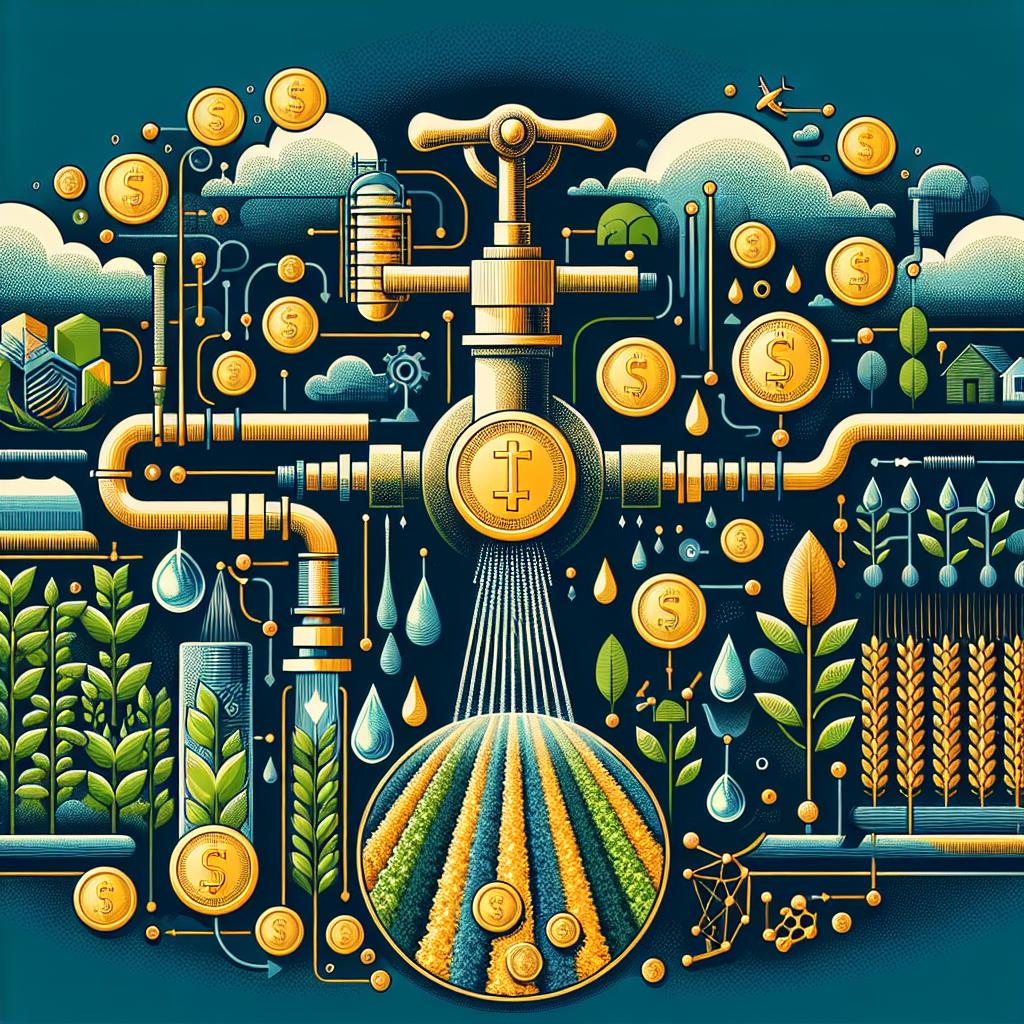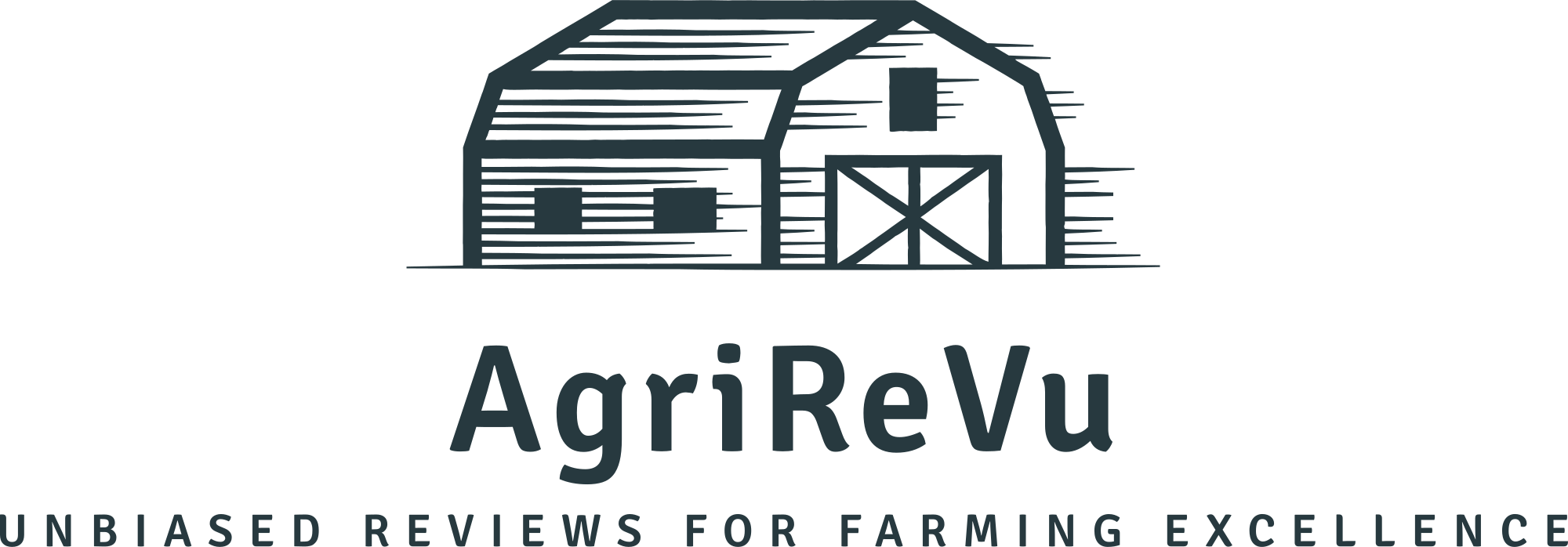This post may contain affiliate links which means I may receive a commission for purchases made through links. Learn more on my Private Policy page.
Introduction
Welcome to the lush world of agriculture, where the sun shines bright, the soil is rich, and your dreams of a bountiful harvest take root! But to nurture those dreams, you often need more than just good intentions; a well-planned irrigation system can make all the difference in ensuring your crops thrive. However, like all good things, the key to a flourishing irrigation system lies in smart budgeting and financing. Whether you’re a seasoned farmer or just dipping your toes into the fertile waters of farming, navigating the costs of an irrigation system can seem overwhelming. Fear not! In this friendly guide, we’ll go through essential tips and creative strategies to help you cultivate the resources you need—without breaking the bank. So roll up your sleeves, grab your notepad, and let’s dig into the art of budgeting and financing your farm’s irrigation system for a season of success!
Navigating the Waters of Cost: Understanding Irrigation System Expenses
Understanding the costs associated with installing and maintaining an irrigation system is crucial for effective farm management. Several factors contribute to these expenses, including the choice of technology, the scale of your operation, and the specific needs of your crops. Here are some of the primary costs to consider:
- Initial Setup Costs: These include purchasing equipment, installation fees, and any necessary site preparations.
- Operating Costs: Regular expenses related to water supply, energy consumption, and maintenance procedures.
- Repairs and Replacements: Budget for potential repairs to your system as it ages, as well as necessary updates to keep up with technology.
One way to alleviate the financial burden is to carefully evaluate financing options and create a structured budget. Consider the benefits of sustainable practices that can save costs in the long term, such as drip irrigation or rainwater harvesting systems. Here’s a simple overview of potential financing approaches:
| Financing Options | Description |
|---|---|
| Government Grants | Financial support from local agriculture departments for sustainable projects. |
| Loans | Conventional loans with favorable interest rates tailored for agricultural investments. |
| Cooperative Shares | Joining a cooperative to share resources and dilute costs. |

Smart Investments: Choosing the Right Irrigation Technology for Your Farm
Investing in the right irrigation technology is crucial for maximizing your farm’s productivity while staying within budget. Start by evaluating your specific water needs based on the crops you grow, the size of your farm, and the local climate conditions. Consider implementing advanced technologies such as drip irrigation systems, sprinkler systems, and automated controllers. These options not only enhance efficiency by minimizing water waste but can also lead to significant long-term savings on water costs. Don’t forget to research available government grants and financial assistance programs tailored to sustainable agricultural practices.
While budgeting for your irrigation system, it’s wise to create a comprehensive financial plan that encompasses both initial costs and ongoing maintenance. Take note of the following elements:
- Initial Set-Up Costs: Purchase and installation of equipment.
- Operational Costs: Energy consumption and water fees.
- Maintenance Expenses: Regular checks and repairs to keep systems functioning.
- Potential Upgrades: Future expansion or technological advancements.
| Technology Type | Advantages | Estimated Cost |
|---|---|---|
| Drip Irrigation | Water-efficient, customizable | $1,000 – $2,500 per acre |
| Sprinkler System | Versatile, easy to install | $1,200 – $3,000 per acre |
| Automated System | Labor-saving, precise control | $1,500 – $4,000 per acre |

Financial Planning for Success: Creating a Sustainable Budget
Creating a sustainable budget for your farm’s irrigation system requires careful planning and consideration of various factors that impact your finances. Start by assessing your current water usage costs, including not just the actual water bills but also maintenance, energy consumption, and equipment needs. To keep your budget lean and smart, consider the following:
- Evaluate existing systems: Analyze your current infrastructure to identify inefficiencies or areas for improvement.
- Research funding options: Look into grants, low-interest loans, or incentive programs that can help offset costs.
- Prioritize investments: Focus on water-saving technologies that promise a better return on investment over the long term.
Once you have a clear understanding of costs, it’s essential to outline a practical financial roadmap. One useful method is to create a simple table that tracks projected expenses against actual expenditures. This can help you stay organized and avoid overspending:
| Expense Type | Estimated Cost | Actual Cost | Variance |
|---|---|---|---|
| Irrigation Equipment | $10,000 | $9,500 | -$500 |
| Water Bill | $2,000 | $2,200 | +$200 |
| Maintenance | $1,500 | $1,700 | +$200 |
This clear breakdown makes it easier to identify where you might need to adjust your spending or reallocate funds. By continuously refining your budget based on real data, you can make informed decisions that not only help improve the efficiency of your farm’s irrigation system but also promote long-term financial health.

Unlocking Funding Opportunities: Grants and Loans for Irrigation Projects
For farmers considering enhancements to their irrigation systems, tapping into financial support can be a game-changer. Various programs offer grants and low-interest loans to help offset the costs associated with modernizing or expanding irrigation infrastructure. Research local, state, and federal resources to find opportunities that align with your needs. Many agricultural departments maintain updated lists of available funding sources that can be accessed through their websites.
When exploring potential financing options, keep these key resources in mind:
- USDA Programs – Initiatives like the Environmental Quality Incentives Program (EQIP) provide funding for sustainable irrigation practices.
- State Agricultural Grants – Most states offer specific agriculture-related grants aimed at improving irrigation efficiency.
- Nonprofit Organizations – Some nonprofits focus on water conservation efforts and may provide grants specifically for irrigation systems.
- Local Credit Unions and Banks – These financial institutions often have specialized loan products for farmers.
| Funding Source | Type | Eligibility |
|---|---|---|
| USDA EQIP | Grant | Farmers implementing conservation practices |
| State Agricultural Programs | Grant | State-specific requirements |
| Nonprofit Conservation Grants | Grant | Water conservation initiatives |
| Farm Loans | Loan | Eligible farmers and agricultural businesses |
Once you identify potential funding opportunities, prepare a solid proposal that outlines your project goals and demonstrates the expected impact on your farm’s productivity and sustainability. Make sure to emphasize how your irrigation improvements will contribute to water conservation and efficiency, as this aligns with many funding programs’ objectives. A well-crafted application can greatly increase your chances of receiving the necessary financial support to bring your irrigation dreams to life.
Key Takeaways
As we draw the curtain on our journey through the world of budgeting and financing your farm’s irrigation system, we hope you’ve uncovered some golden nuggets of wisdom to help your farm flourish. Just like every seed you plant, thoughtful planning and resourceful financing can yield fruitful results. Remember, investing in an efficient irrigation system isn’t just about watering your crops—it’s about nurturing your dreams and safeguarding your future.
So, gather your tools, tally your resources, and embark on this adventure with confidence! Whether you’re exploring grants, tapping into low-interest loans, or simply sharpening your budgeting skills, every small step brings you closer to creating a sustainable watering system that nourishes both your land and your livelihood.
As you dive into this vital aspect of your farming operation, don’t hesitate to reach out to fellow farmers, local agricultural extension officers, or online communities. After all, collaboration and sharing knowledge are the cornerstones of a thriving farming community. Here’s to growing your irrigation plan and watching your farm flourish under the bountiful skies! Happy farming! 🌱🚜
This post may contain affiliate links which means I may receive a commission for purchases made through links. Learn more on my Private Policy page.

